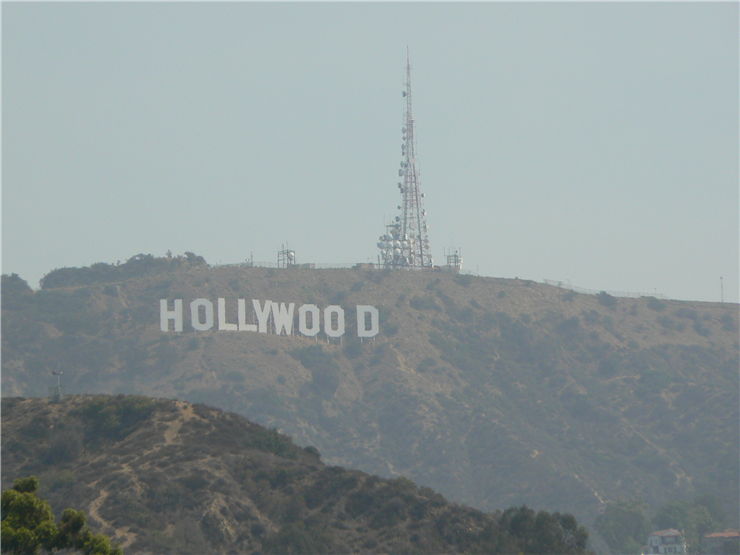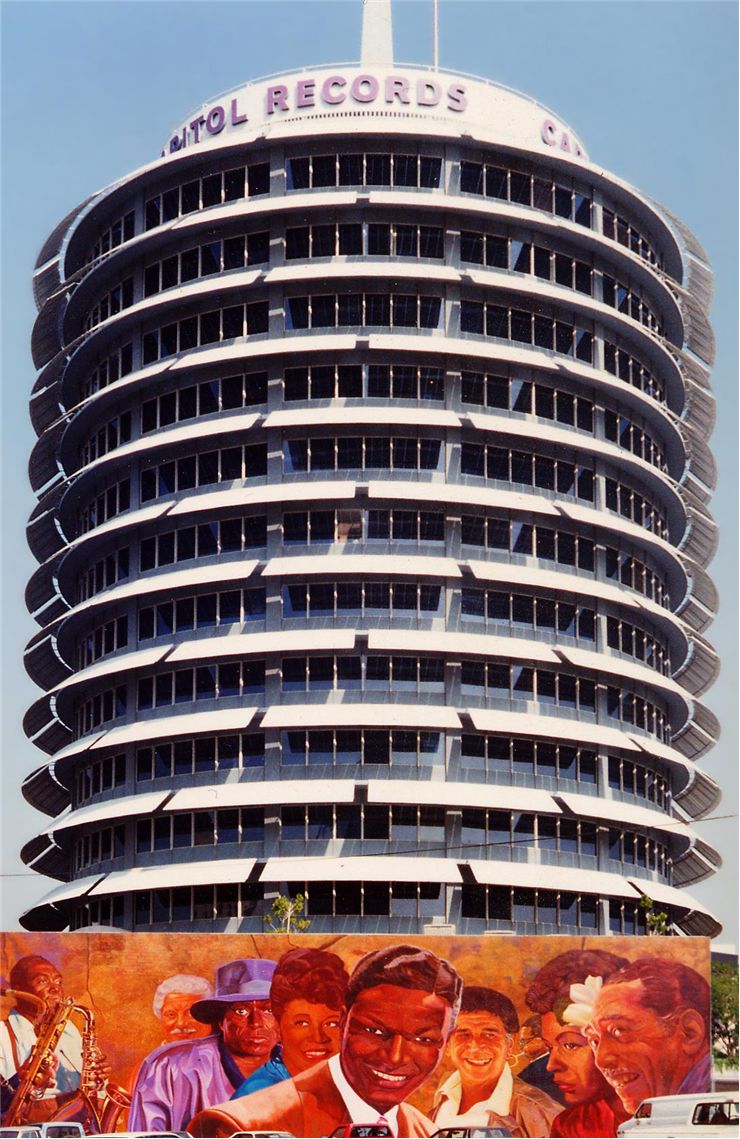History of Modern Hollywood
After the appearance of “talkies” in 1927, Hollywood structure changed significantly, enabling the rise of the Studio System and the almost complete rule of the Big 5 studios over the cinema screens of the United States. With rising movie costs, financial shenanigans, long contracts that demanded the production of a large number of mediocre movies, and ever larger strain on the pockets of movie-watching consumers, the US Federal antitrust action finally forced the decline of the studio system in the late 1940s. This direct government action was brought to life because of the business decision used by Big five studios (studios (Paramount, Fox, Warner, RKO, and MGM) to force movie theaters (which they owned) only to buy movie units that consisted of one hit movie, several average ones, and few bad ones. This was first implemented in 1938 when the independently produced animated movie Snow White and the Seven Dwarfs from Walt Disney broke box office records. Fearing the competition, Big 5 studios forced their movies upon theatres and caused the government to react and force them to sell their theatre business (19 thousand).
Faced with the decline of movie ticket sales ability of post-WW2 audiences to find their entertainment elsewhere, studios found themselves in trouble. RKO did not survive the financial struggle, and new taxation and regulations elevated the cost of films. Long-term contracts with stars and production staff were discontinued (leading to the mixing of styles previously seen only in specific studios). The increasing presence of television forced Hollywood to invest heavily in fewer films that could not be matched with cheaper TV productions.
The new age of Hollywood started in the 1950s with the increased focus of filmmakers on scrambled chronology scripts, storylines with twist endings, blurred lines between antagonists and protagonists, and the influx of directors schooled in Europe. With the unstable theater market, studios and their financial backers felt the pressure to secure the services of the people that would assure the attendance of customers in cinemas – and those people were actors. The Star power of those actors soon elevated their salaries to incredible heights, leaving screenwriters, directors, and other production staff way behind. With the star power of Cary Grant, Marlon Brando, Gregory Peck, and Frank Sinatra, Hollywood managed to secure their future and create movies that continued to break box office records. They also changed the way of their studio structure by offering their facilities to independent filmmakers to make their films.
70 and 80s brought another change in the world of Hollywood with the arrival of “blockbuster” films, films that were produced from the start to be big media events, with incredibly high marketing campaigns and movie tie-in products. The first was Star Wars in 1997, but director/screenwriter Stephen Spielberg quickly followed its sequels and several popular films.
After the 1990s, Hollywood fully focused on the worldwide market. It is based on the model most similar to the one of United Artists – they are not production companies but a backer-distributor.
Current Big Six Hollywood studios and their owners:
- Columbia (Sony)
- Metro Golden Mayer
- United Artists
- Screen Gems
- 20th Century Fox (News Corporation)
- Fox Searchlight
- Warner Bros. (Time Warner)
- New Line Cinema
- Paramount (Viacom)
- Paramount Vantage
- Universal (Comcast/NBC Universal)
- Focus Features
- Buena Vista Motion Pictures Group (The Walt Disney Company)
- Walt Disney Animation Studios
- Hollywood Pictures
- Miramax Films
- Marvel Films
- Pixar
- Touchstone Pictures

